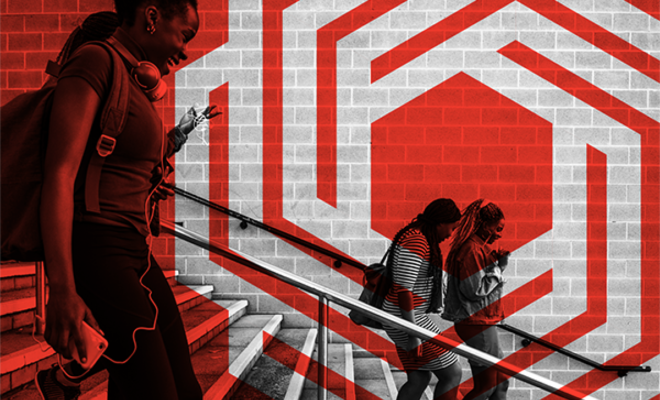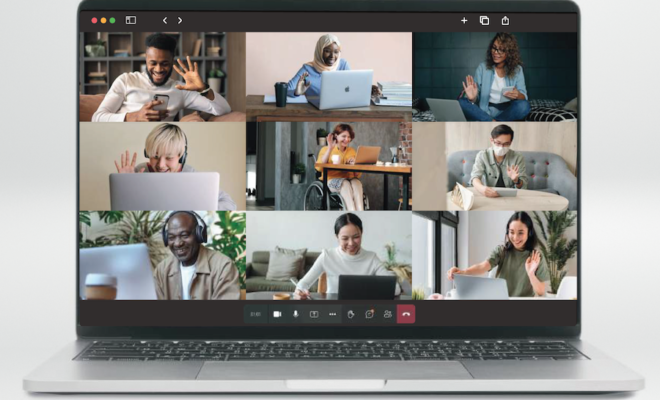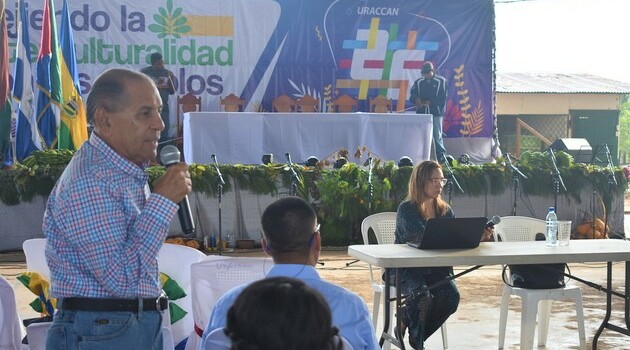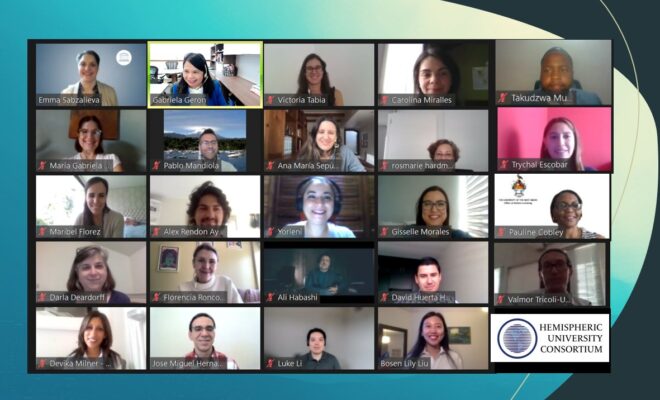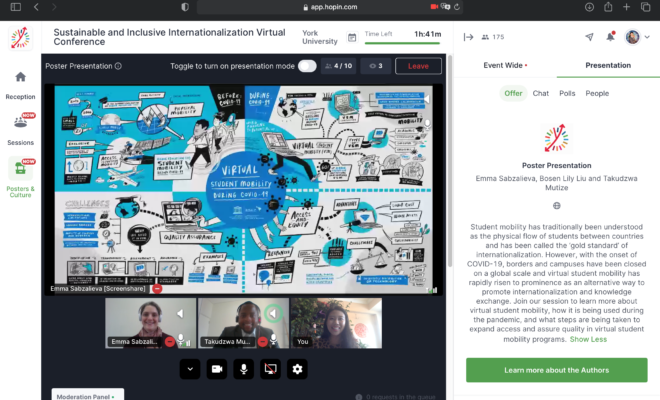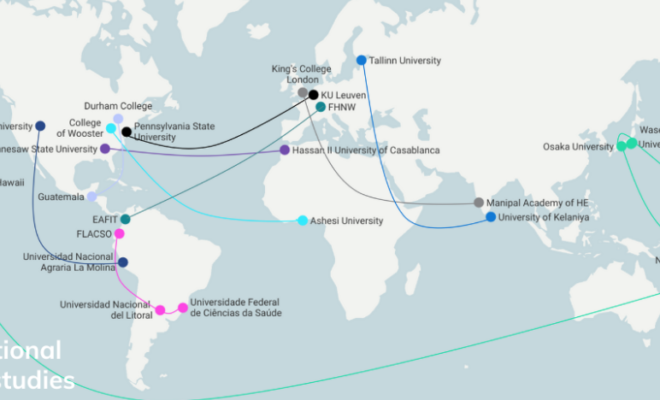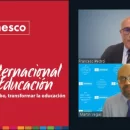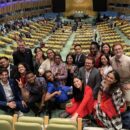Future of international mobility will combine physical and digital experiences to reach a wider range of students
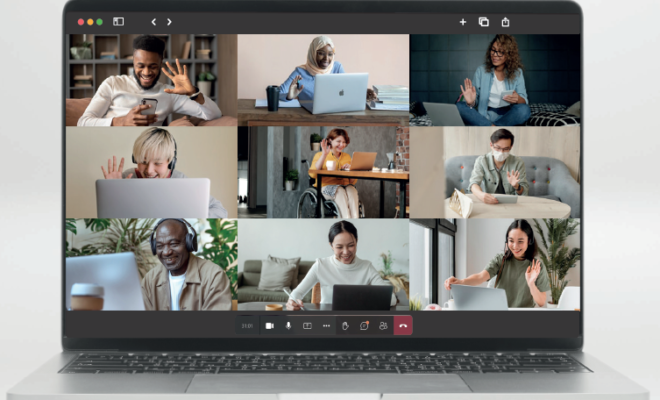
The report “Moving minds: Opportunities and challenges for virtual student mobility (VSM) in a post-pandemic world” focuses on 14 case studies, across 38 countries in all world regions, which led to recommendations on how technologies and innovative ways of teaching and learning can democratize access to international exchange
The number of internationally mobile students in higher education has grown dramatically from 0,3 million in 1963, to 2 million in 2000 and up to 6 million in 2019. However, this is just 2.6% of the total world student population. With Covid-19, higher education institutions and schools were closed in 185 countries, affecting about 1.5 billion learners in but the pandemic also showed how online teaching and learning innovations shifted the potential of international exchange.
The UNESCO International Institute for Higher Education in Latin America and the Caribbean (IESALC) launched the report “Moving minds: Opportunities and challenges for virtual student mobility (VSM) in a post-pandemic world” on 28 February 2022. The report lays, the foundation for the future development of student mobility, moving beyond the traditional notion of people physically crossing borders and calling for the democratization of student mobility to overcome its exclusivity.
More than ever before, now is the time to reimagine student mobility so that more students can benefit from an international experience in ways that are not subject to changing global health or political restrictions, and that consider the planet’s well-being.
Virtual student mobility (VSM), defined by UNESCO IESALC as “a form of mobility that uses information and communication technologies to facilitate cross-border and/or inter-institutional academic, cultural, and experiential exchanges and collaboration,” could increase access to international education, harnessing technology for good and reducing higher education’s environmental footprint.
Realities and possibilities of VSM
The incredible creativity and innovation shown during the pandemic to ensure students can continue to benefit from cross-cultural exchange using information and communications technologies (ICT) needs to be harnessed and further developed so that student mobility becomes possible, not only physically but through virtual modalities.
The findings from this report and the global landscape lead to the conclusion that the future of student mobility will combine physical international experiences with digitally driven virtual opportunities that reach a wider range of students and build greater cross-cultural awareness and skills.
The report focuses on 14 case studies of virtual student mobility activities that were implemented between July 2020 and December 2021 by 73 higher education institutions and higher education alliances across 38 countries in all world regions. Their experiences form the basis for a series of recommendations on how incorporating virtual student mobility as an additional form of student mobility can play a critical role in reshaping higher education internationalization in the post-pandemic landscape.
As VSM offers the opportunity for students to enjoy an international experience without the need to travel abroad, it has excellent potential to open access and opportunities to students who would otherwise be unwilling or unable to travel due to physical, social, or financial reasons.
On the other hand, VSM may still restrict access for students with certain disabilities (e.g., with audio or visual disabilities) and may continue to exclude students from countries where internet or device access is lower. The lack of digital literacy could hinder deep engagement with VSM, and its quality is not yet well understood or defined.
The student survey conducted as part of the report indicates that an overwhelming majority of students who participated in VSM programs did so because they thought the experience would be academically challenging/enriching (77%). The next most popular option was the opportunity to obtain international work experience (38%). This illustrates that one way to convince students to participate in VSM is to demonstrate the academic and international work opportunities.
When asked to rank the top three aspects of their experience, the preference among students was the flexibility and the greater convenience of being able to stay at home. In terms of the most challenging aspects of their VSM experience, a significant number of students (68%) reported having problems with the internet connection, and the second main challenge reported by students was differences in time zones. Almost 75% of students said they would do VSM again if they had the opportunity.
Experiences from the case studies
• Most VSM experiences happened because of the motivation of faculty/staff and many would not have happened without the pandemic.
• All the HEI partnerships were already established before the pandemic.
• Flexibility helps get VSM experiences implemented
• The cost of VSM is minimal compared to physical student mobility but there is extra work for faculty/staff
• HEIs in the Global South tended to select students based on higher academic performance as a reward/recognition for their achievements and could affect the opening access role of VSM
• Most experiences were credit-bearing, and many included cross-cultural elements, demonstrating that intercultural exchange is entirely possible online.
• The pandemic has helped HEIs to be more open to VSM, but most do not think they would retain only a virtual modality once restrictions are lifted.
Calls to action
To students
To Faculties and International Offices
To institutional leaders:
To Governments
Launch of the report participants:
-Francesc Pedró, Director, UNESCO IESALC
-Emma Sabzalieva, Takudzwa Mutize and Clarisa Yerovi, Research & Analysis team, UNESCO IESALC
-Gabriela Gerón Piñón, Director of Partnerships, Innovation, and Communications, Hemispheric University Consortium
-Janine Knight-Grofe, Manager, International Education, Durham College, Canada
-Phuong Nguyen, International Relations Coordinator, Hanoi
-Neelakshi C. Premawardhena, Director, Centre for International Affairs, University of Kelaniya, Sri Lanka
-Miguel Rodríguez, Director Internationalization, Universidad Nacional del Litoral, Argentina
Download the report “Moving minds: Opportunities and challenges for virtual student mobility (VSM) in a post-pandemic world”
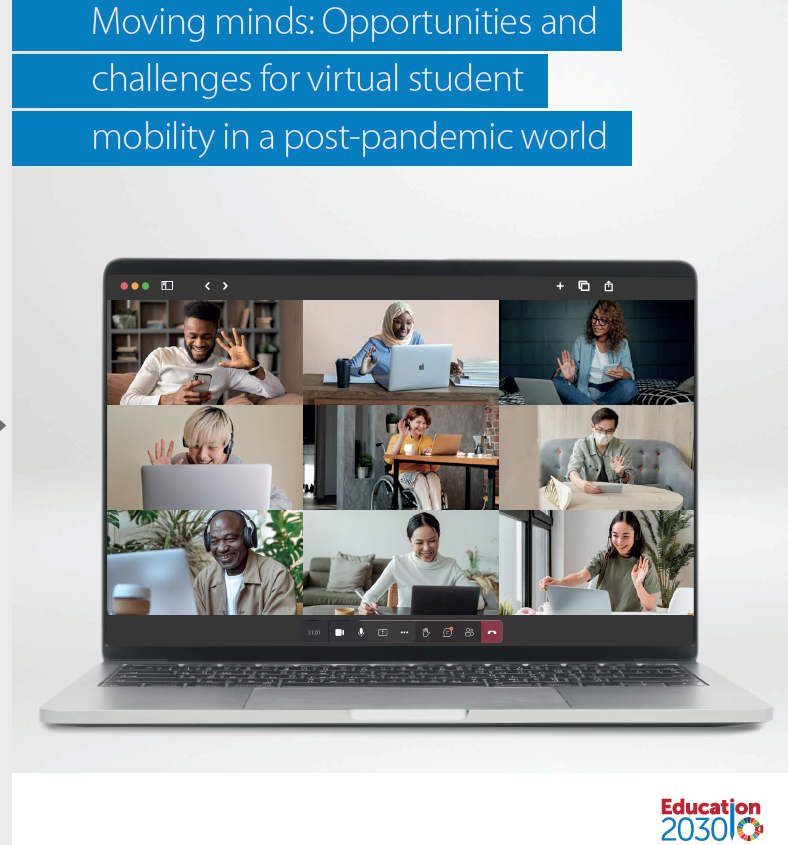
RELATED ITEMS






